Home>Garden Essentials>How Long Does It Take Sapphire Tower To Germinate?
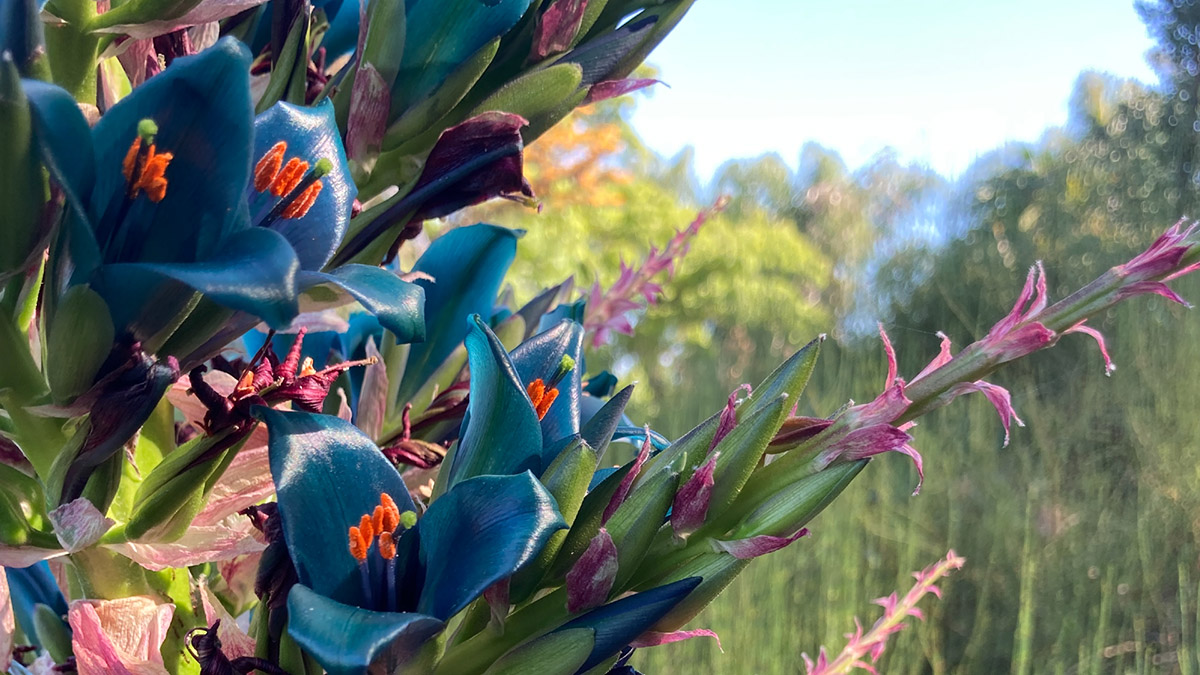

Garden Essentials
How Long Does It Take Sapphire Tower To Germinate?
Modified: March 16, 2024
Discover how long it takes for sapphire tower seeds to germinate in your garden. Get expert insight and tips for successful cultivation.
(Many of the links in this article redirect to a specific reviewed product. Your purchase of these products through affiliate links helps to generate commission for Storables.com, at no extra cost. Learn more)
Introduction
Welcome to the fascinating world of gardening! Whether you are a seasoned green thumb or just starting out, there is something truly magical about growing plants from seed. In this article, we will explore the germination process of the Sapphire Tower (Puya alpestris) and learn how long it takes for these seeds to sprout.
The Sapphire Tower, with its stunning blue flowers and tall, spiky form, is a popular choice among gardeners looking to add a touch of drama to their landscapes. Native to the high altitudes of the Andes Mountains in South America, this plant is adapted to harsh conditions and is well-suited for both indoor and outdoor cultivation.
Before we dive into the germination details, let’s understand the key factors that can affect the process. By considering these factors and creating the ideal growing conditions, you can increase the chances of successful germination of your Sapphire Tower seeds.
Key Takeaways:
- Sapphire Tower seeds need the right temperature, moisture, and light to sprout. It takes about 2 to 4 weeks for them to germinate, but some may take longer. Be patient and provide the care they need for successful growth.
- To help Sapphire Tower seeds sprout, use fresh, high-quality seeds, consider stratification if needed, and maintain consistent moisture and light. Be on the lookout for common issues like poor germination and mold growth, and address them promptly.
Read more: How Long Does It Take For Mint To Germinate?
Factors Affecting Sapphire Tower Germination
Several factors play a crucial role in the germination of Sapphire Tower seeds. Understanding these factors will help you create the optimal conditions for successful germination. Here are some key factors to consider:
- Temperature: Sapphire Tower seeds require specific temperature ranges for germination. Ideally, a temperature between 65°F and 75°F (18°C and 24°C) is optimal for the germination process. Lower temperatures can significantly slow down the germination, while higher temperatures can inhibit it.
- Moisture: Adequate moisture is essential for seed germination. The moisture level should be maintained consistently throughout the germination process. Too much water can lead to rot, while insufficient moisture can inhibit germination.
- Light: Sapphire Tower seeds typically require light for germination. To ensure successful germination, it is recommended to provide indirect light or place the seeds near a bright window. Avoid exposing the seeds to direct sunlight, as it can cause excessive heat and hinder germination.
- Seed Quality: The quality of the seeds can greatly impact germination. Using fresh, viable seeds will give you a higher chance of successful germination. It is advisable to purchase seeds from reputable suppliers or collect them from healthy, mature Sapphire Tower plants.
- Seed Stratification: Some seeds, including Sapphire Tower seeds, may require a process called stratification. Stratification involves exposing the seeds to a period of cold, mimicking the natural winter dormancy. This process helps break down seed coat dormancy and improves germination rates.
By taking these factors into account, you can create the ideal growing conditions for your Sapphire Tower seeds and increase the chances of successful germination. In the next section, we will explore the optimal growing conditions required for Sapphire Tower seeds to thrive.
Ideal Growing Conditions for Sapphire Tower Seeds
Creating the ideal growing conditions for Sapphire Tower seeds is essential to promote successful germination and ensure healthy plant development. Here are the key factors to consider:
- Soil: Sapphire Tower seeds thrive in well-draining soil. A mixture of peat moss, perlite, and sand is ideal to create a loose and well-draining medium. This allows for proper root development and prevents waterlogged conditions that can lead to rot.
- Watering: During the germination process, the soil should be kept consistently moist. However, avoid overwatering, as excessive moisture can cause rot. Once the seedlings have emerged, water them regularly, allowing the top inch of soil to dry out between waterings.
- Light: Sapphire Tower seeds require bright, indirect light to germinate. Place the seeds in a location where they receive ample light, preferably near a south-facing window. If natural light is limited, you can supplement it with fluorescent grow lights placed a few inches above the seeds.
- Temperature: Maintain a steady temperature between 65°F and 75°F (18°C and 24°C) during the germination process. You can use a seedling heat mat to provide consistent warmth to the seeds if necessary.
- Humidity: Sapphire Tower seeds prefer moderately high humidity levels for germination. You can maintain humidity by covering the seed tray with a clear plastic cover or placing it inside a humidity dome.
Now that you know the ideal growing conditions for Sapphire Tower seeds, you are well-equipped to promote successful germination. However, it’s essential to have realistic expectations regarding the germination time for these seeds, as it can vary depending on various factors. Let’s explore this further in the next section.
Germination Time for Sapphire Tower Seeds
The germination time for Sapphire Tower seeds can vary depending on several factors, including the quality of the seeds, environmental conditions, and treatment methods. On average, Sapphire Tower seeds take around 2 to 4 weeks to germinate, but it’s important to note that some seeds may take longer.
As mentioned earlier, Sapphire Tower seeds may benefit from a process called stratification to improve germination rates. If stratification is used, it can extend the germination time by an additional few weeks. During stratification, the seeds are typically placed in a moistened medium, such as damp paper towels or vermiculite, and kept in a cool location, such as a refrigerator, for a specific duration, usually 4 to 6 weeks.
It’s important to be patient during the germination process and avoid disturbing the seeds once they are sown. Maintain consistent moisture levels in the soil, provide adequate light, and ensure the temperature remains within the optimal range mentioned earlier. Germination may occur earlier or later than the expected timeframe, so it’s crucial to monitor the progress of the seeds regularly.
Once the seeds have germinated and the seedlings have emerged, provide them with continued care, including proper watering, sufficient light, and appropriate fertilization. Transplant the seedlings into individual pots or the desired planting location once they have developed a few true leaves and are strong enough to be handled.
By understanding the germination time for Sapphire Tower seeds and providing the necessary care, you can successfully grow these stunning plants in your garden or indoor space. In the next section, we will share some tips to help promote the germination of Sapphire Tower seeds.
Sapphire Tower seeds typically germinate within 7-21 days when planted in well-draining soil and kept consistently moist. Keep the soil warm and provide plenty of sunlight for best results.
Tips for Promoting Germination of Sapphire Tower Seeds
Promoting the germination of Sapphire Tower seeds requires careful attention to the environmental conditions and proper seed handling. Here are some key tips to maximize the germination success:
- Use fresh, high-quality seeds: Start with fresh seeds from reputable suppliers or collect them from healthy Sapphire Tower plants. Fresh seeds have higher germination rates, giving you a better chance of success.
- Stratification: Consider stratifying the seeds if recommended for Sapphire Tower. This process helps break seed dormancy and improves germination rates. Follow the specific stratification instructions for Sapphire Tower seeds to ensure success.
- Pre-soaking: Some gardeners find success with pre-soaking Sapphire Tower seeds before planting. Soaking the seeds in warm water for a few hours or overnight can help soften the seed coat and promote faster germination.
- Maintain consistent moisture: Keep the soil consistently moist, but not waterlogged. Mist the soil gently or water it from the bottom to prevent disturbing the seeds. Use a spray bottle or a watering can with a fine spout to achieve even moisture distribution.
- Provide adequate light: Place the seeds in a location with bright, indirect light. If natural light is limited, use fluorescent grow lights placed close to the seeds to ensure they receive sufficient light for germination.
- Optimal temperature: Maintain the temperature within the recommended range of 65°F to 75°F (18°C to 24°C). Consider using a seedling heat mat to provide consistent warmth if necessary.
- Be patient: Remember that germination time can vary, and it may take a few weeks for Sapphire Tower seeds to sprout. Avoid the temptation to disturb the seeds or check for germination too frequently. Allow nature to take its course.
By following these tips and providing the necessary care, you can increase the likelihood of successful germination for your Sapphire Tower seeds. Be mindful of the specific needs of this plant and adjust your approach accordingly. With a little patience and attention, you will soon witness the emergence of beautiful Sapphire Tower seedlings.
In the next section, we will address some common issues and troubleshooting techniques that may arise during the germination process.
Read more: How Long Does It Take Millet To Germinate
Common Issues and Troubleshooting during Germination
Although germinating Sapphire Tower seeds is a relatively straightforward process, it’s not uncommon to encounter a few challenges along the way. Here are some common issues you may face during germination and some troubleshooting techniques to help you overcome them:
- Poor germination: If you notice low germination rates or no germination at all, the first thing to consider is the quality of the seeds. Ensure you are using fresh, viable seeds from a reputable source. Additionally, review your environmental conditions, such as temperature and moisture, to ensure they are within the optimal range.
- Fungal diseases: Excessive moisture can create a favorable environment for fungal diseases, such as damping off. To prevent this, avoid overwatering and ensure proper ventilation to allow air circulation. If damping off occurs, remove affected seedlings promptly and adjust your watering practices moving forward.
- Mold growth: If you notice fuzzy or moldy growth on the soil surface, it may be a sign of excessive moisture or poor air circulation. Try reducing watering frequency and increasing ventilation to prevent mold growth. You can also gently scrape off the moldy surface and replace it with fresh, sterile soil.
- Inadequate lighting: Insufficient light can lead to weak and leggy seedlings. If you notice elongated and pale seedlings, it may indicate they are not receiving enough light. Increase the intensity of the light source or move the seedlings closer to a window to provide adequate light. Consider using fluorescent grow lights if natural light is limited.
- Pest damage: Keep an eye out for pests, such as aphids or fungus gnats, that may target your Sapphire Tower seedlings. Remove any visible pests manually and consider using organic pest control methods if the infestation persists.
- Seed rot: Excessive moisture or poor drainage can lead to seed rot. Ensure your soil is well-draining and water the seeds from the bottom when possible. If seed rot occurs, remove the affected seeds and adjust your watering practices.
By being proactive and addressing these common issues, you can troubleshoot and mitigate any challenges that may arise during the germination process. Don’t be discouraged if you encounter setbacks – learning from these experiences will help you become a more successful gardener in the long run.
Now that you have a better understanding of the common issues and troubleshooting techniques during germination, let’s wrap up our article.
Conclusion
Growing plants from seed, such as the Sapphire Tower, can be a rewarding and fulfilling experience. By understanding the factors that affect germination, creating the ideal growing conditions, and implementing effective germination techniques, you can increase the chances of successful germination and foster healthy plant growth.
We discussed the key factors that can impact Sapphire Tower germination, including temperature, moisture, light, seed quality, and stratification. Creating the optimal growing conditions, such as using well-draining soil, providing adequate moisture and light, and maintaining the right temperature, is crucial for the successful germination of Sapphire Tower seeds.
It’s important to note that the germination time for Sapphire Tower seeds can vary, typically taking around 2 to 4 weeks. Patience is key during this process, and it’s important to avoid disturbing the seeds or checking for germination too frequently. Be mindful of the specific needs of Sapphire Tower seeds and provide them with care throughout the germination process.
We also provided several tips to promote germination success, including using fresh seeds, considering stratification if necessary, pre-soaking the seeds, maintaining consistent moisture, providing adequate light, and being patient. By following these tips and troubleshooting common issues such as poor germination, fungus growth, inadequate lighting, and pest damage, you can overcome challenges and increase your chances of successful germination.
Remember, gardening is an ongoing learning process, and each seedling that sprouts is a testament to your skills and dedication. Enjoy the journey of nurturing your Sapphire Tower plants from seedlings to mature, breathtaking specimens. With time, care, and a touch of nature’s magic, your garden will thrive with the vibrant beauty of the Sapphire Tower.
Happy gardening!
Frequently Asked Questions about How Long Does It Take Sapphire Tower To Germinate?
Was this page helpful?
At Storables.com, we guarantee accurate and reliable information. Our content, validated by Expert Board Contributors, is crafted following stringent Editorial Policies. We're committed to providing you with well-researched, expert-backed insights for all your informational needs.


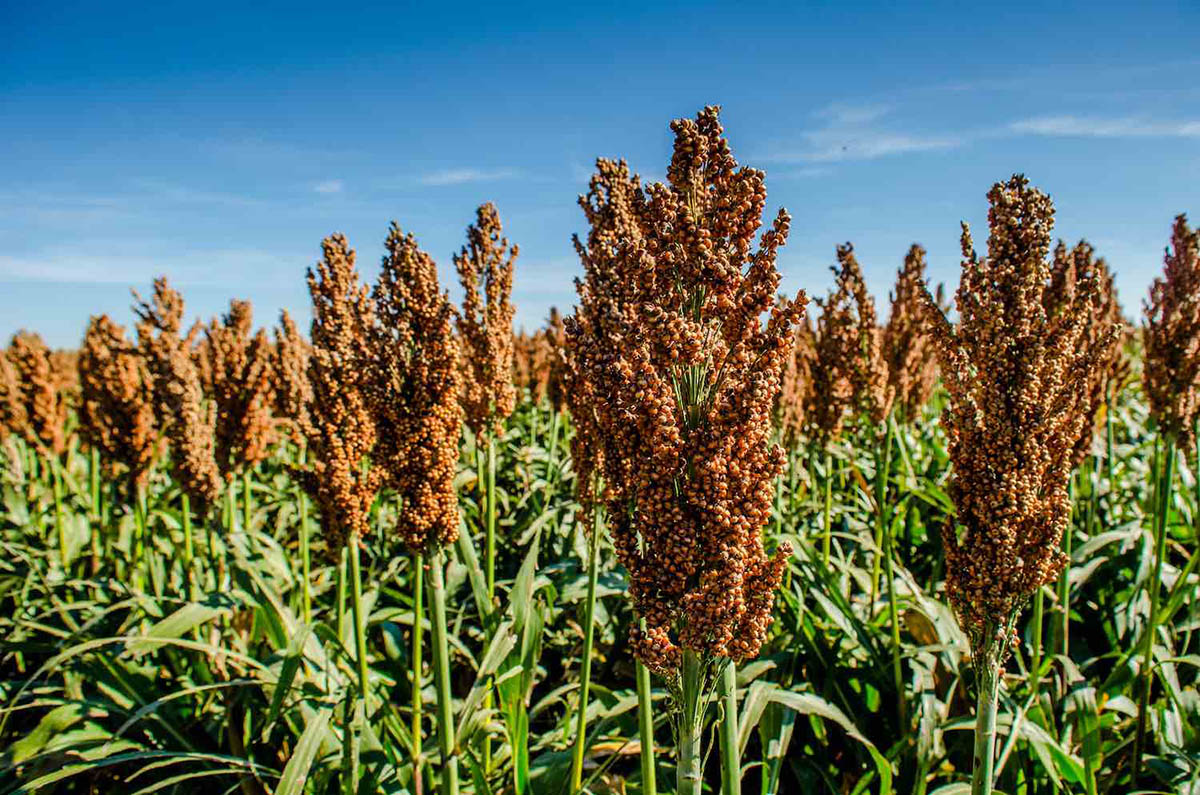

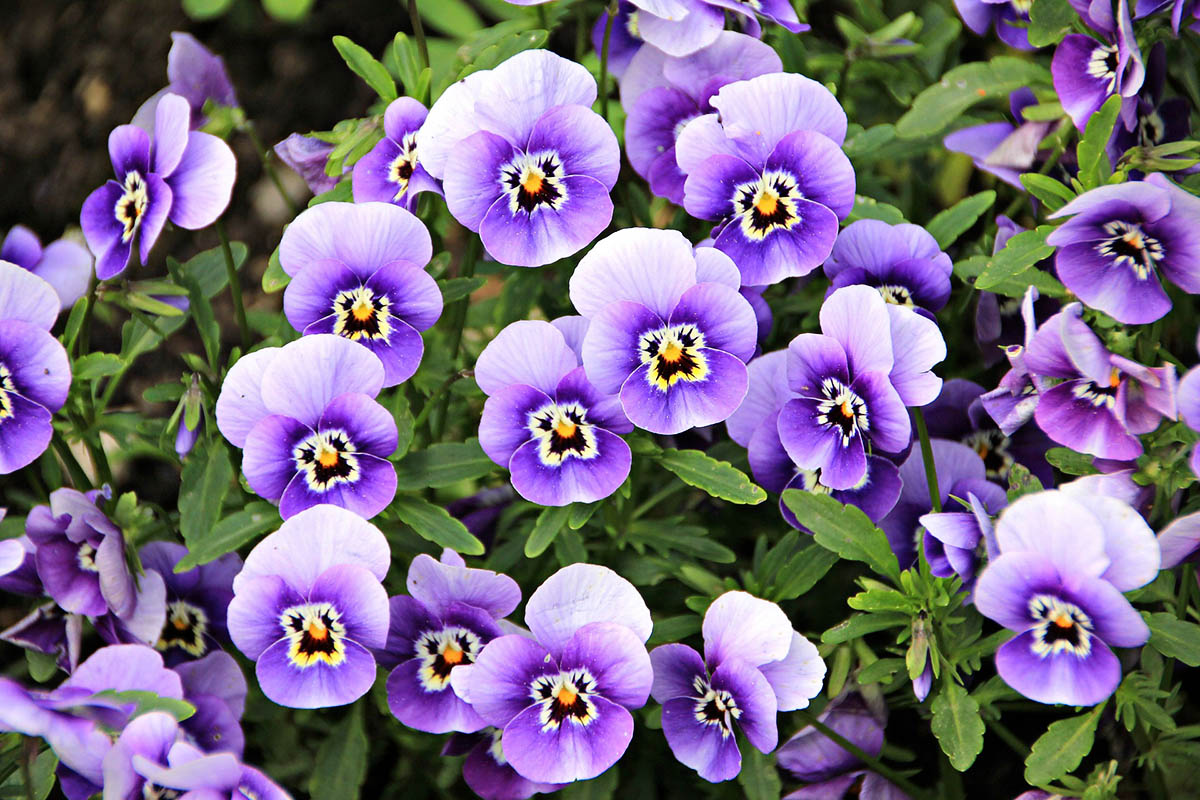
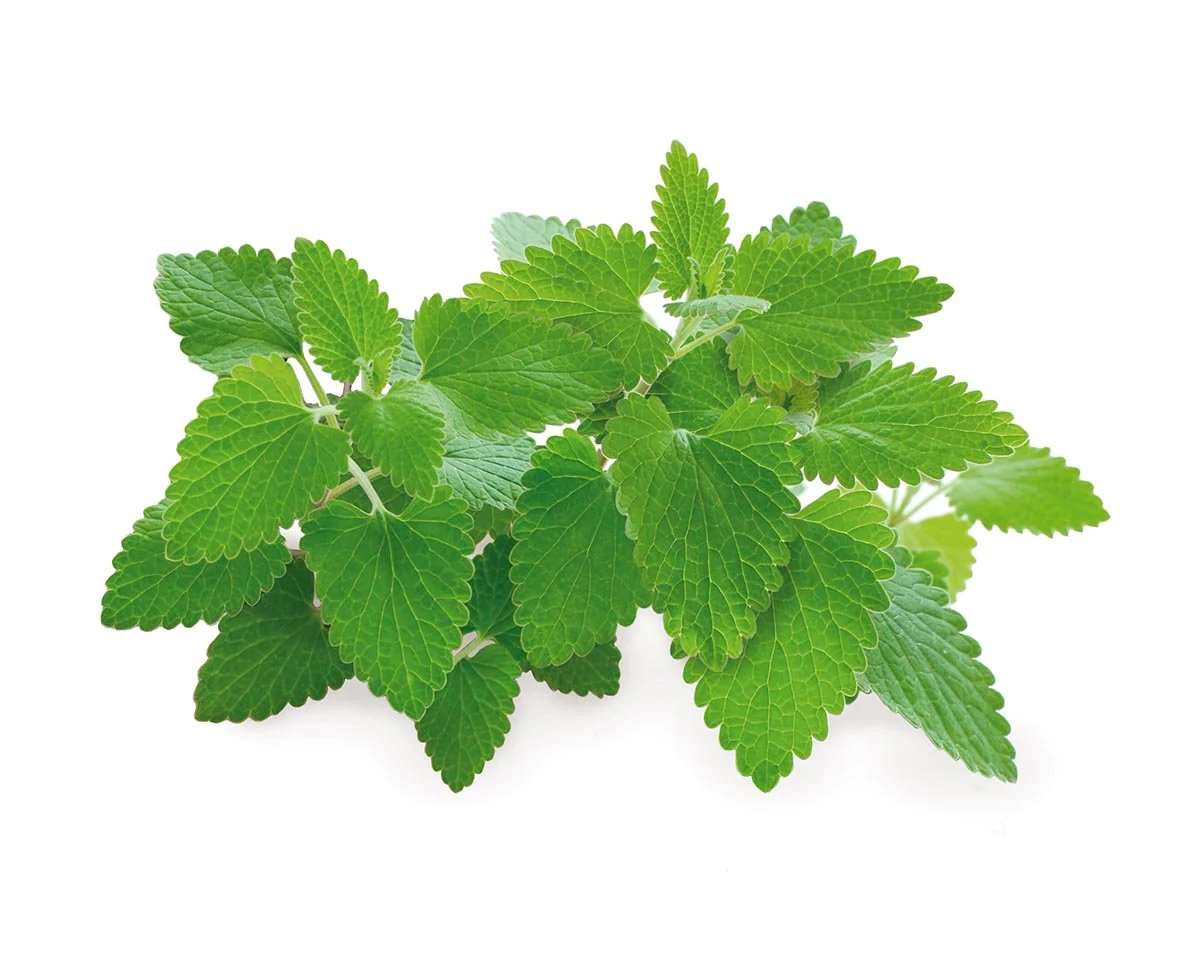

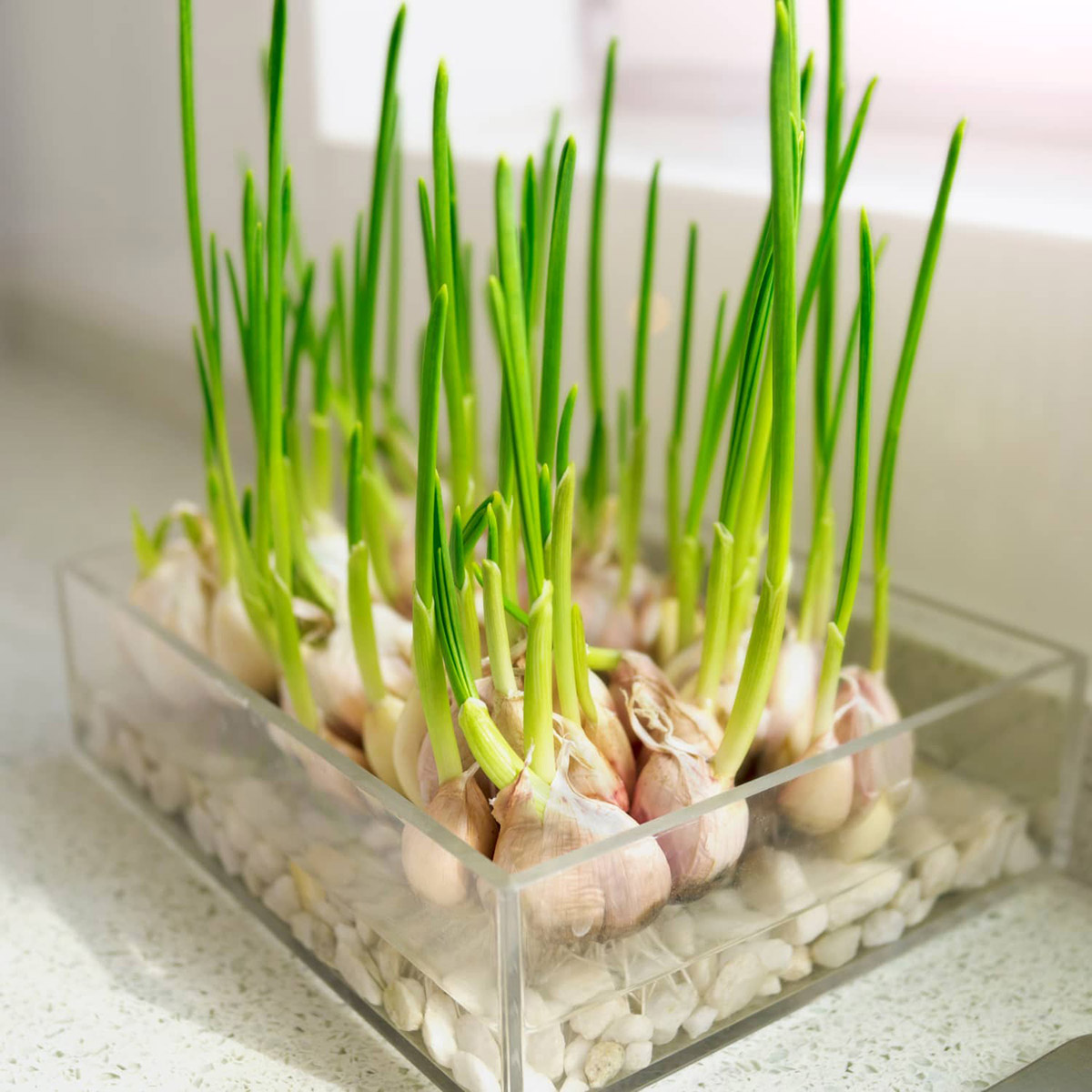

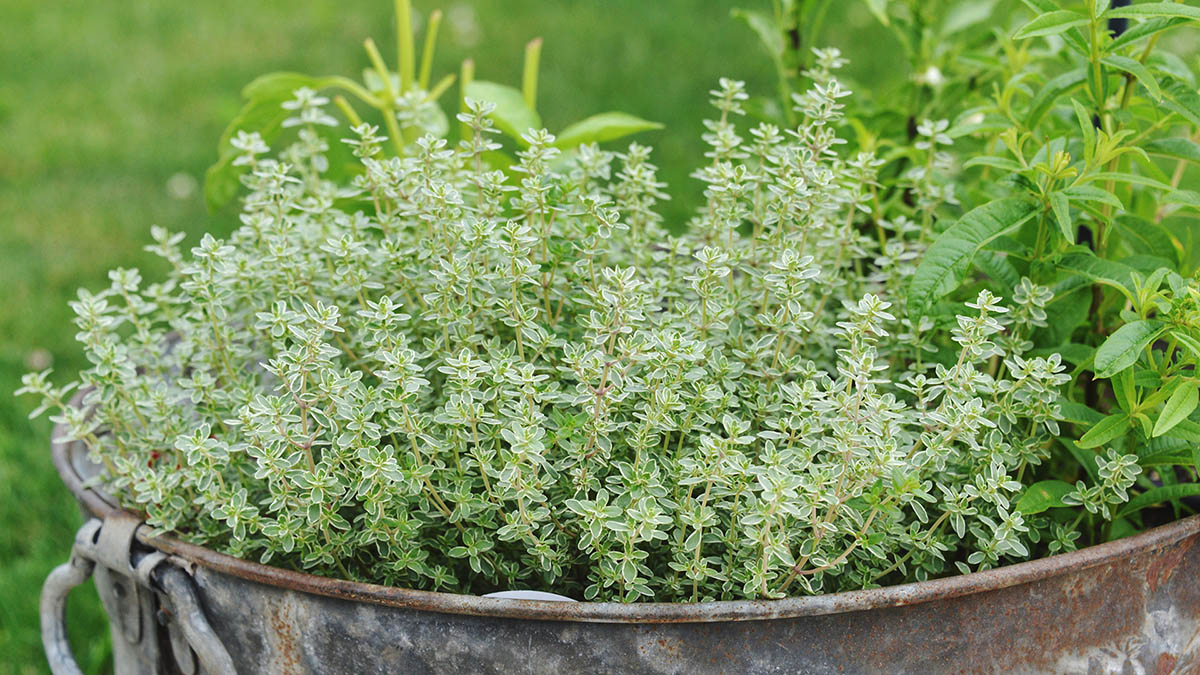
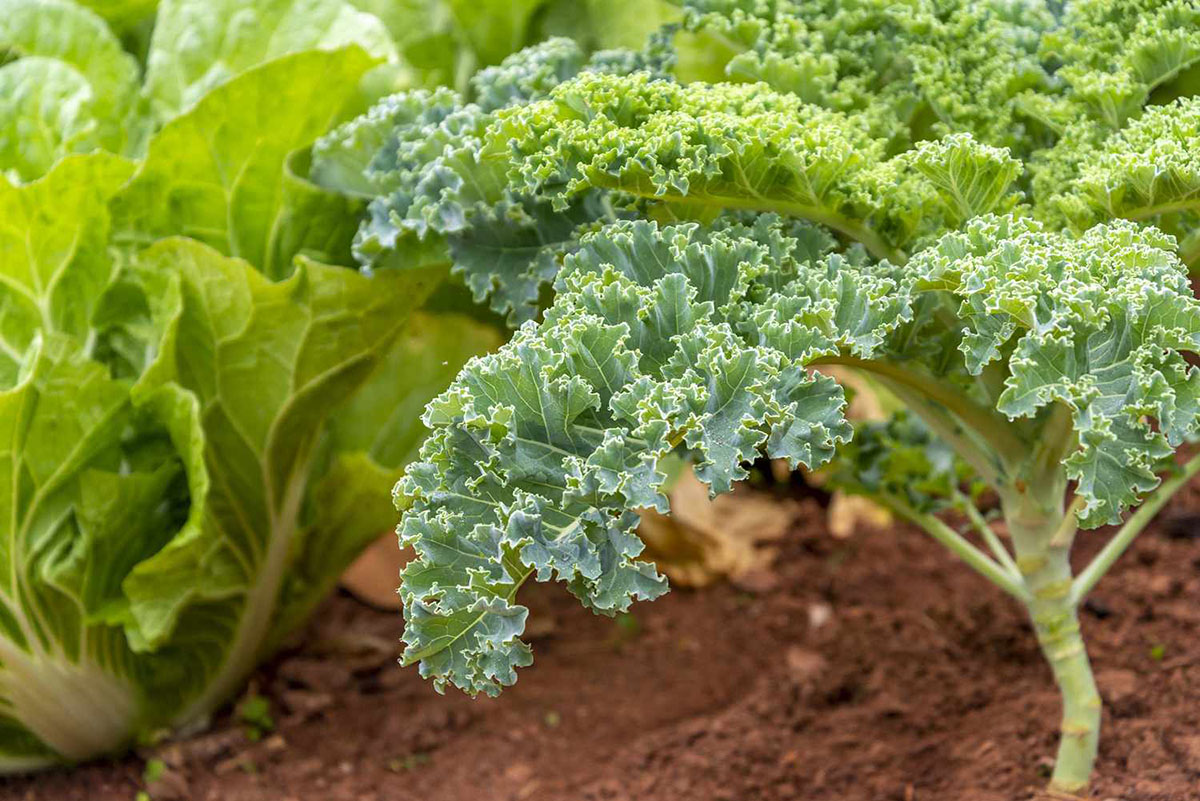

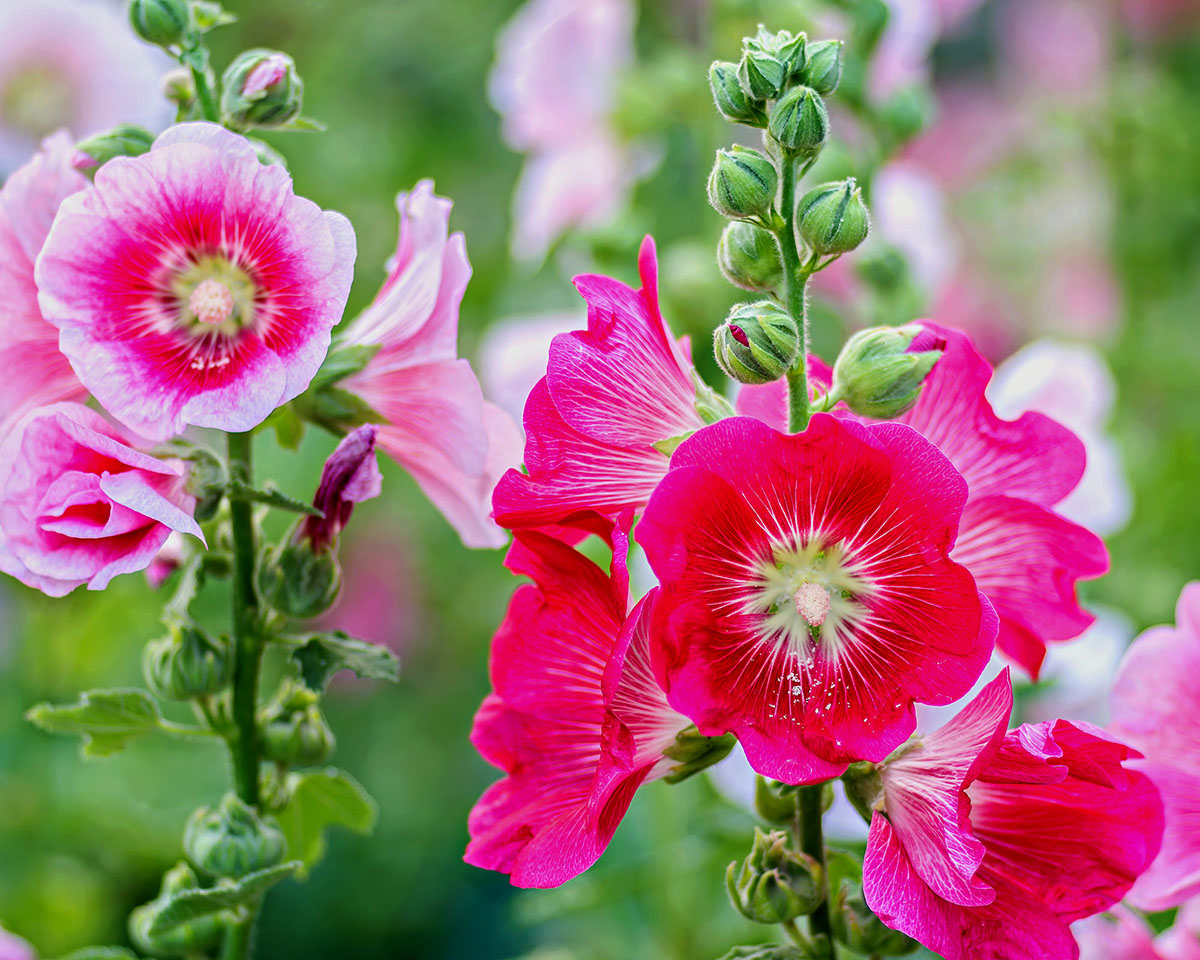
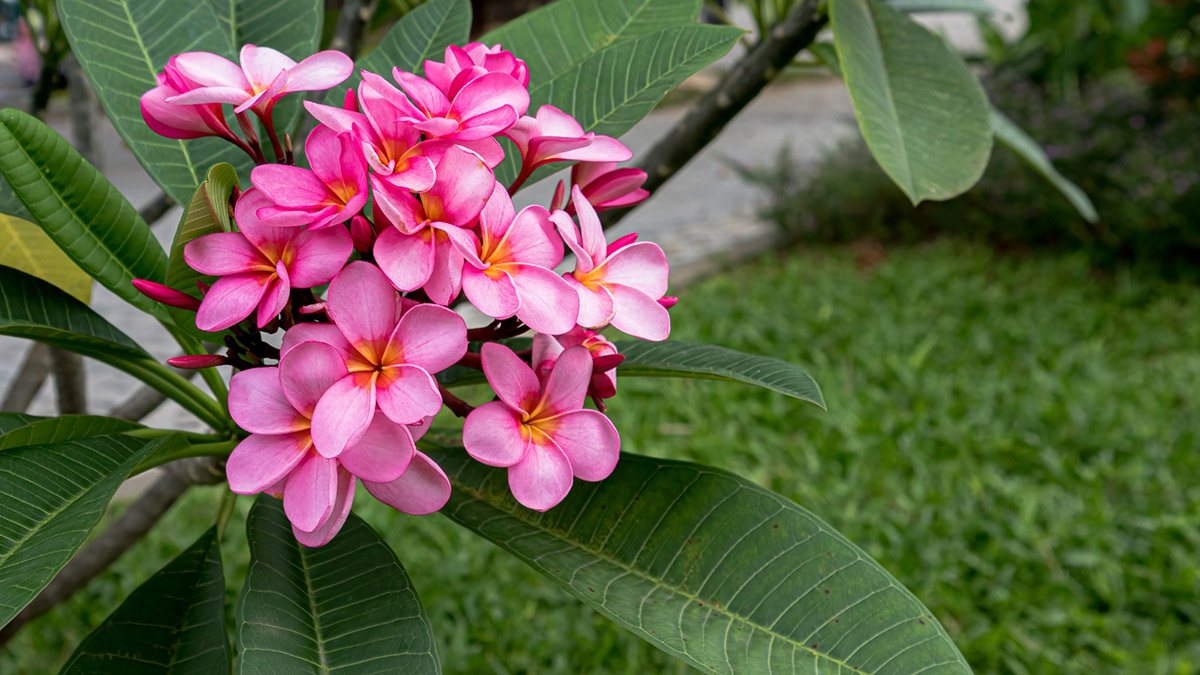

0 thoughts on “How Long Does It Take Sapphire Tower To Germinate?”